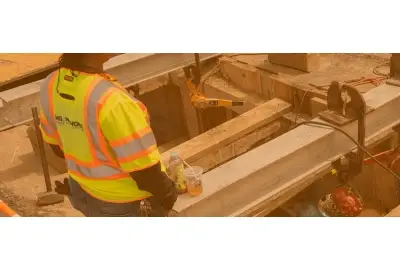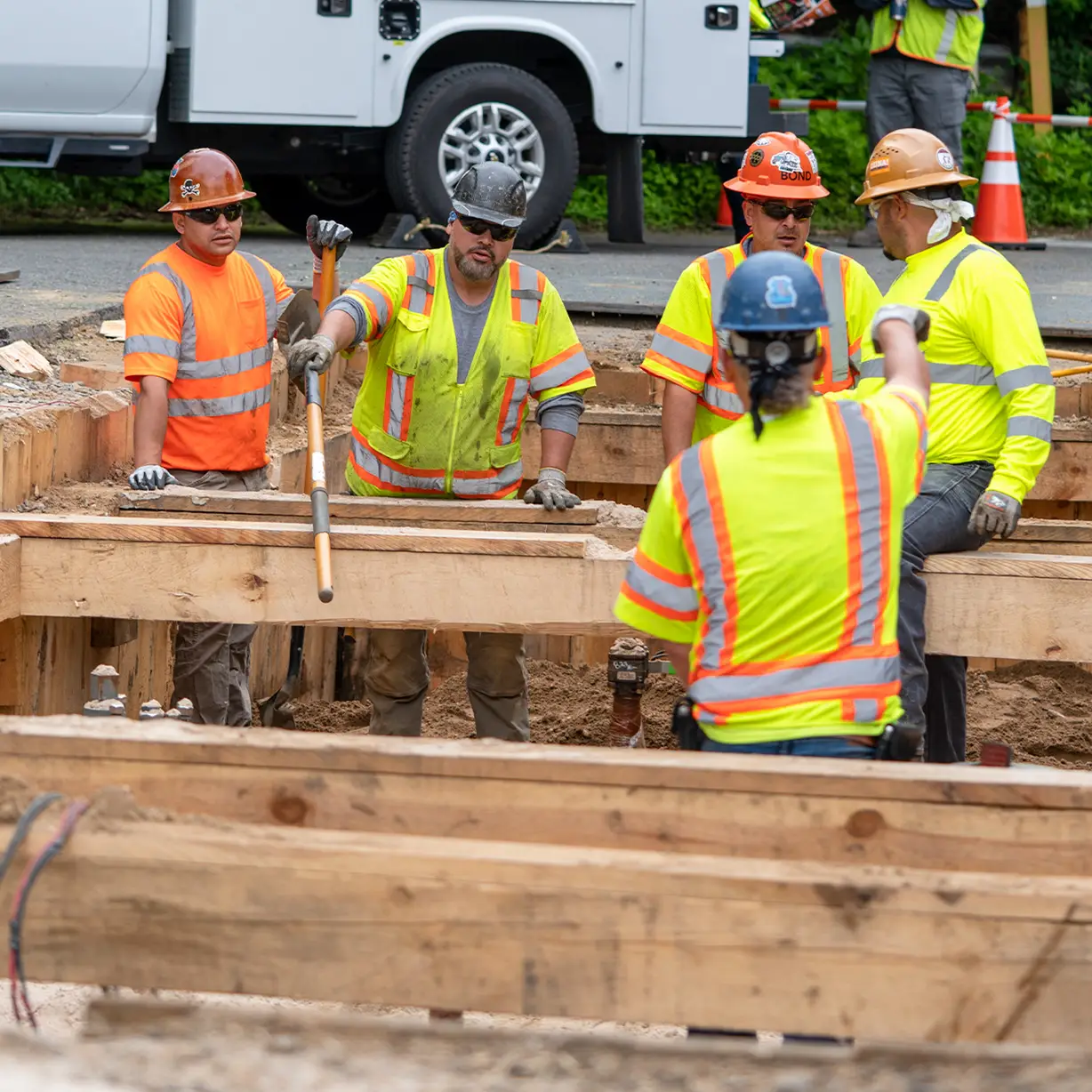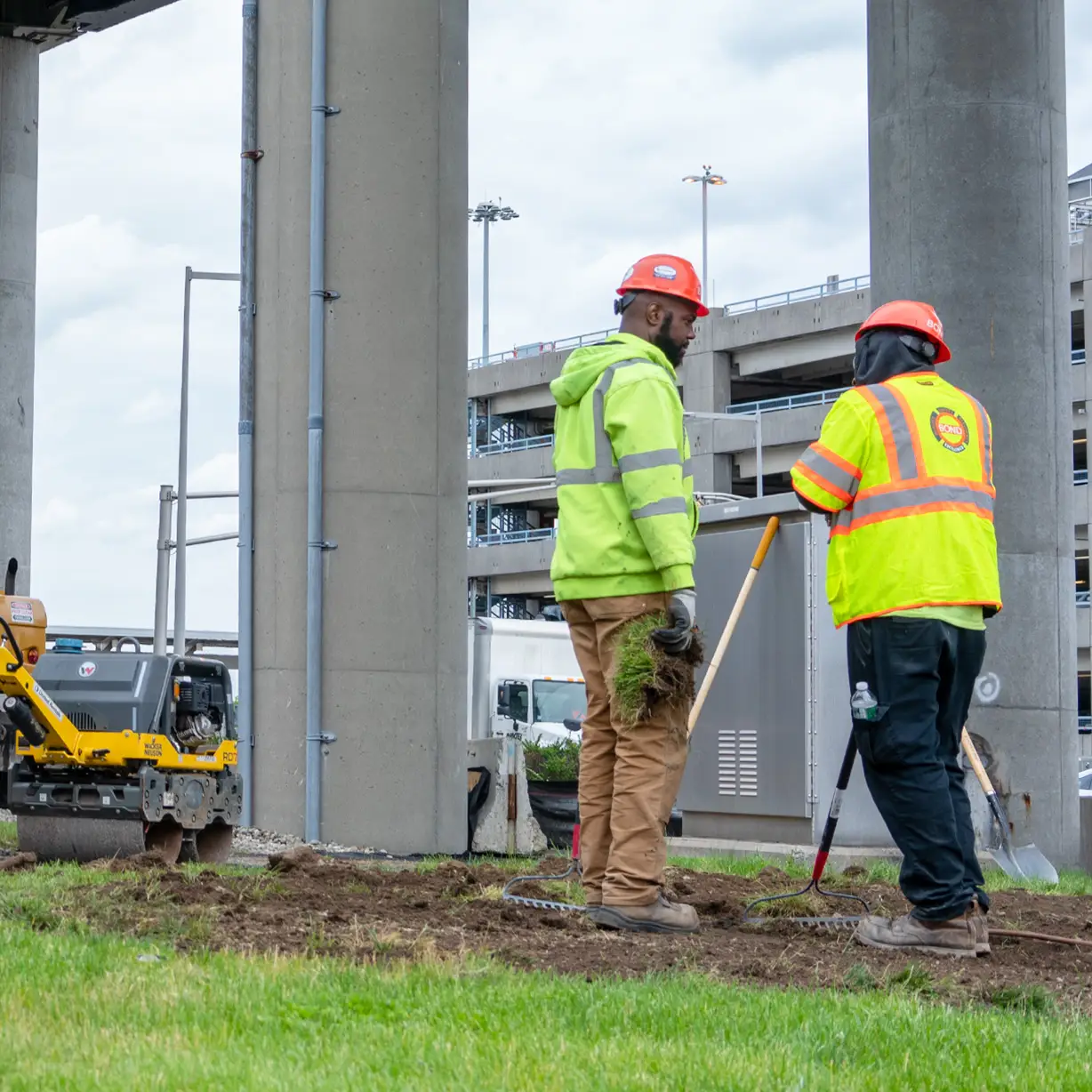Safety Vest Maintenance: A Complete Guide

Safety vests are an essential part of your personal protective equipment. Just like other safety gear, such as fall protection or flame-resistant clothing, maintaining your safety vest is crucial to ensure it continues to provide the necessary protection and remains compliant with industry standards.
Maintenance of a safety vest includes regular inspections, cleaning, proper storage, and knowing when to replace it. Compared to more complex safety equipment, keeping your vest in good condition is straightforward and should become a routine part of your job.
The Fundamentals of Safety Vest Care


Wearing a safety vest is a vital part of many jobs, but simply putting one on isn't enough. The vest must be in good condition to offer maximum protection. Here are some basic maintenance tips:
Cleaning Your Safety Vest
To clean your safety vest, follow the care instructions on the label. Most vests can be machine-washed with mild detergent. Fire-retardant vests will indicate how many washes they can withstand before losing their chemical properties.
Before washing, shake off any dirt or debris. Remove any attachments and ensure pockets are empty. After washing, hang the vest to dry—most dry quickly without needing a dryer.
When to Replace Your Safety Vest
You should replace your vest if it becomes torn, burned, or damaged in any way. Reflective strips may lose their visibility due to frequent washing or exposure to sunlight. If the vest no longer reflects light effectively, it's time for a new one.
If the vest has rip-away sections, do not try to repair them. These features are designed to break away in case of entanglement, so if they fail, you need a new vest. Also, if your vest is flame-retardant and has been washed more times than recommended, replace it immediately.
Proper Storage of Your Safety Vest
Store your vest in a cool, dry place. Avoid leaving it in direct sunlight, such as in your truck bed or dashboard, as this can degrade the reflective material over time.
Don’t store it near heat sources or crumple it up. Proper storage helps maintain the integrity of the reflective tape and ensures the vest looks presentable and functional for longer.
Inspecting Your Safety Vest
Regularly inspect your vest before each use. Treat it like all your other safety gear—check for damage, wear, and functionality. This quick process can prevent potential hazards on the job site.
What to Check During an Inspection
Look for any signs of damage, especially on the reflective tape. It should remain highly visible and free from cracks, fading, or separation from the fabric. Check the seams, zippers, and fasteners to ensure they are intact and functioning properly.
If the tag is missing or unreadable, remove the vest from service. All safety equipment must have clear labels to ensure compliance and traceability.
How to Improve Visibility of Your Safety Vest
If your vest doesn’t provide enough visibility, consider upgrading to a higher-class vest. Class III vests have more reflective material and are ideal for high-risk environments. You can also pair your vest with high-visibility clothing or accessories like headlamps or hard hat lights.
Always follow the guidelines for vest color codes to ensure visibility in different conditions. Never alter the vest or wear anything over it, as this could compromise its effectiveness.
Never modify your vest unless absolutely necessary, as it could affect its safety features. Always prioritize safe practices and avoid wearing additional layers that might reduce visibility or cause discomfort.
Creating a Safety Vest Maintenance Routine
While a detailed maintenance schedule might seem excessive, establishing a simple routine can help keep your gear in optimal condition. Start by inspecting your vest every time you wear it. This habit ensures that you catch any issues early.
Be proactive about replacing your vest. If you notice signs of wear, begin the replacement process before the vest becomes unsafe. Keep track of how often you wash it and set reminders based on usage frequency.
A general rule is to replace a regularly used vest after six months. Mark this on your calendar or write it inside the vest itself to stay on track.
OSHA Guidelines for Safety Vests
OSHA requires workers to wear high-visibility gear depending on the job risks. This could include Class II or III vests. Different industries, like road construction or excavation, have specific requirements. Always check your company’s policies, as they may exceed OSHA standards.
OSHA does not mandate specific types of vests but requires appropriate high-visibility gear. Employers must provide the necessary equipment, so always follow your workplace guidelines.
Understanding these regulations ensures you remain compliant and protected at all times.


What to Do If Your Vest Fails Inspection
If your vest fails inspection, switch to a backup vest immediately. If you don’t have one, notify your employer to arrange a replacement. If they cannot provide one, contact PowerPak for assistance.
In some regions, we can deliver replacement vests same-day. Custom-printed vests typically arrive within a week. Visit PowerPak.net to browse our selection, place an order, or speak with a representative. We’re here to support you.
Iso 9809-1 Gas Cylinders,Seamless Gas Cylinder,Seamless Steel Gas Cylinder,Pressure Seamless Gas Cylinder
CBM TECHNOLOGIES (NINGBO) CO.,LTD , https://www.sinogascylinders.com